CONTINENTAL SEED LETTUCE 10GRM
₦3,500.00
35 people are viewing this product right now
🔥 8 items sold in last 3 hours
Plant:
- Plant produces large crisp heads of dark green lettuce.
- Excellent flavor and perfect for salads and sandwiches
- Strong plant producing uniform heads.
Plant features:
- Strong, larger and more uniform than other Lettuce varieties.
- Variety slow to bolt and is resistant to heat and tip burn.
- Maturity: 60-70 days after transplanting
N.B: Price is for 10g sachet seeds.
Buy more save more!
Buy from 5 to ∞ items and get 5% OFF
on each productCONTINENTAL SEED LETTUCE 10GRM
CONTINENTAL SEED LETTUCE 10GRM by Continental Seeds Company is an easy-to-grow seed, that produces nutritious and delicious low-fat lettuce. The lettuce produced has a number of essential nutrients including Vitamin A, Vitamin C, antioxidants, folic acid, potassium, and fiber. These nutrients have various health benefits such as reducing the risk of contracting cancer, preventing eye cataracts, avoiding complications during pregnancy, preventing heart disease, and encouraging weight loss among other benefits. These seeds can be grown all year round with constant watering and weeding to maximize your yield.
Basic information on planting CONTINENTAL SEED LETTUCE 10GRM
Nursery establishment & management
- A nursery bed measures 1m in length x 10-15cm drill. The drills should be 3-4cm in depth for small seeded vegetables to facilitate faster and uniform germination.
- To enhance early strong seedlings it’s important to use fine compost manure (from goats, cows, and pigs) mixed thoroughly with the soil.
Note: Chicken manure is not recommended for use in the nursery because of the very high levels of nitrogen that inhabit proper root formation and establishment. Chicken manure is ideal for use at the top dressing stage.
- Recommended raising seedlings in the nursery bed for 3 – 4 weeks before transplanting to the main field at pencil- thick stage.
Note: Seedlings can be transplanted into smaller poly bags, 2 weeks after germination and later transplanted into the main field, 2 3 weeks later and this reduces drastically the transplanting shock and allows faster establishment in the main field.
- Drench nursery bed with insecticides to prevent early plant attacks by soil and sucking pests.
- Watering in the nursery is recommended from early morning to mid-morning but not in the evening. Evening watering encourages pythium activities that cause dumping.
Transplanting stage
- Transplanting is usually recommended when the sun is not very hot i.e. early morning or late afternoon. This helps to reduce transplanting shock arising from the seedling evapotranspiration.
- Important to have compost manure mixed with a compound fertilizer, especially with adequate phosphorous in a hole where the young plant is planted. This helps in faster root formation and establishment hastening plant growth reducing possible repetitive gapping.
- The standard spacing usually varies with the growing system and also the brassica crop:
45 x 30cm or 30 x 30cm for optimal production.
- Drench seedlings during transplanting with an insecticide to prevent early attack by aphids, whiteflies, thrips, and cutworms.
Land preparation
- Brassicas grow in many types of soil but for maximum production, they should be planted in deep soils to facilitate good root penetration. They are heavy nutrient extractors from the soil and thus require periodic replenishment through manure addition or artificial fertilizer but at the correct proportions in line with the requirements and soil deficit.
Note: Ensure the crop is grown in fertile land, use manure to enrich the soil with nutrients, or apply base fertilizer rich in phosphorous at planting period such as N: P: K at 10gms per hole as a general application.
Note: Confirm soil nutrient levels through soil analysis to help determine deficit elements.
Nutritional requirements:
a) Fertilizer requirement: Top dressing
Recommended to top dress the plants 3-4 weeks after transplanting with complete fertilizer i.e. N.P.K. at a rate of 10gms per plant and the second top dress split repeat 2 – 3 weeks with C.A.N or other fertilizers rich in nitrogen, from the first top dress it at it the rate of 5 – 10gms per plant depending on the soil fertility levels. Depending on nutrient levels in the soil a third top dressing split can be applied with N.P.K (5-10gms per plant).
b) Foliar Fertilizer
Foliar fertilizers can be used to supplement soil-applied fertilizer especially during periods of crop stress e.g. hot periods and during heavy rains that hamper proper nutrient updates through the roots.
Common pests and diseases during various stages of brassicas (cabbages, Pak choi, cauliflower, lettuce, broccoli, etc.) crop growth
Nursery stage:
Common disease(s) – Dumping off caused by pythium spp., and phytophthora blight
Common pest(s) – Aphids, whiteflies, leaf miner and cutworms
Vegetative stage & mature stage:
Common diseases – Downy mildew (Peronospora parasitica), Black Rot (Xanthomonas campestris), Bacterial Soft Rot (Erwinia spp.), Ring Spot (Mycoshaerella brasicicola) and phytophthora Root Rot (phytophthora megasperma), e.t.c.
Common pest(s) – aphids, cabbage sawfly, Diamond Back Moth (DBM), thrips, and leaf miner, e.t.c.
Note: Use the most appropriate fungicides or insecticides as per observed disease and pest (consult the agrochemical dealers for the appropriate active ingredient to help manage the disease and pest challenges or call our office for some suggestions from our experience).
Lettuce seeds are not complicated to grow as they tend to do well in most climatic conditions. Even though they are versatile, a higher yield is usually obtained in well-draining and humus soils. The spoils should be able to retain some moisture and be rich in potassium and nitrogen. The soils used to grow these seeds should be enriched with organic matter and have a PH of between 6.0 and 6.8 for maximum production under ideal conditions.
Frequently Asked Questions (FAQs) for Continental Seed Lettuce 10GRM
What are the benefits of growing Continental Seed Lettuce?
- Easy to grow, even for beginners
- Nutritious and delicious, low-fat lettuce
- Rich in vitamins, antioxidants, and fiber
- Can be grown year-round with proper care
How do I plant Continental Seed Lettuce?
- Start seedlings: Prepare a nursery bed and sow seeds in drills 3-4cm deep. Use well-composted manure (except chicken) for strong seedlings. Transplant seedlings to the main field after 3-4 weeks.
- Transplanting: Transplant seedlings in the early morning or late afternoon. Mix compost manure and fertilizer into planting holes. Standard spacing is 45x30cm or 30x30cm.
What kind of soil is best for lettuce?
- Lettuce thrives in well-draining, humus-rich soil. The soil should retain moisture and be rich in potassium and nitrogen. Aim for a pH between 6.0 and 6.8 for optimal growth.
How do I fertilize lettuce plants?
- Top dress plants 3-4 weeks after transplanting with a complete fertilizer (NPK) at 10g per plant. Repeat top dressing with a nitrogen-rich fertilizer (CAN) 2-3 weeks later, adjusting the amount based on soil fertility.
What are the common pests and diseases of lettuce?
- Seedling stage: Damping-off, aphids, whiteflies, leaf miners, cutworms.
- Vegetative and mature stages: Downy mildew, black rot, bacterial soft rot, ring spot, aphids, cabbage sawfly, diamondback moth, thrips, leaf miners.
Only logged in customers who have purchased this product may leave a review.
Related products
₦10,000.00

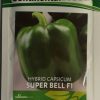
₦5,000.00

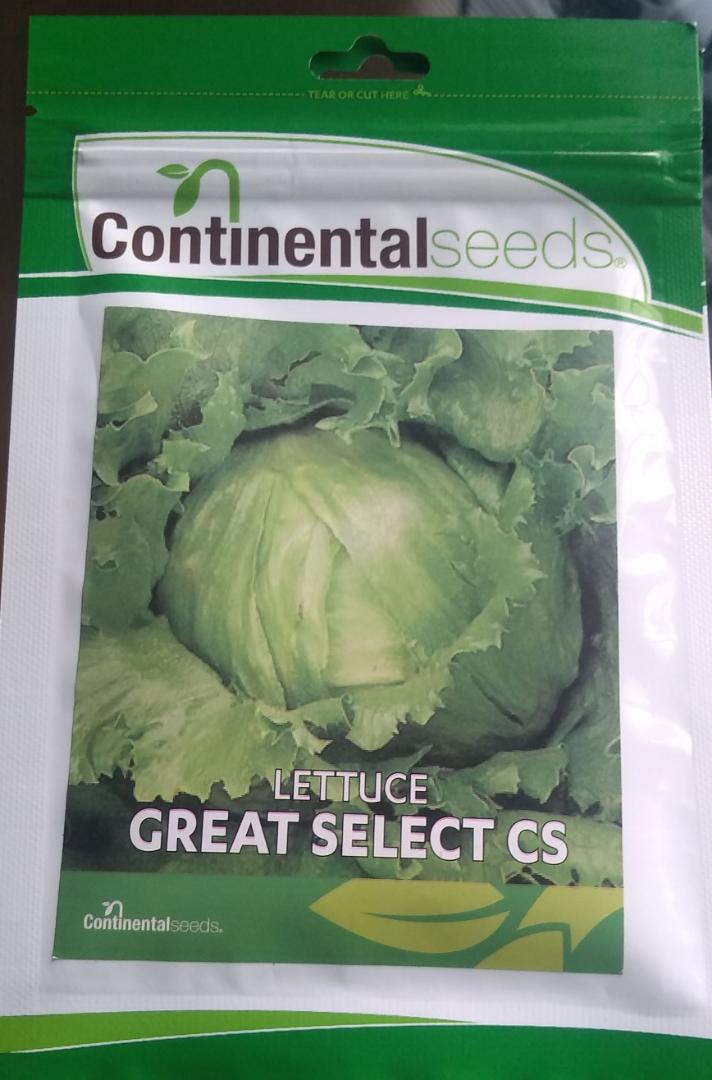


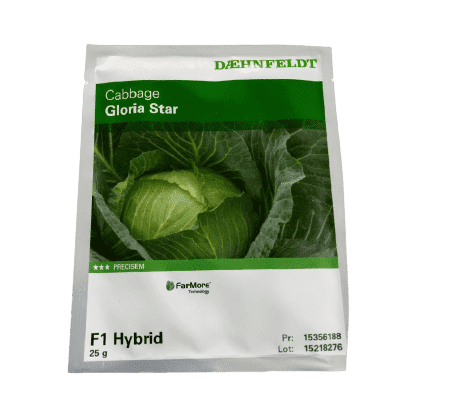
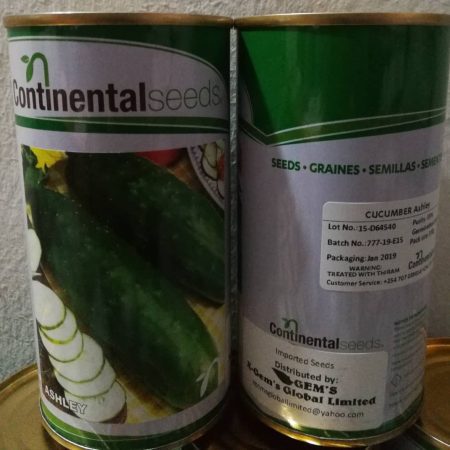
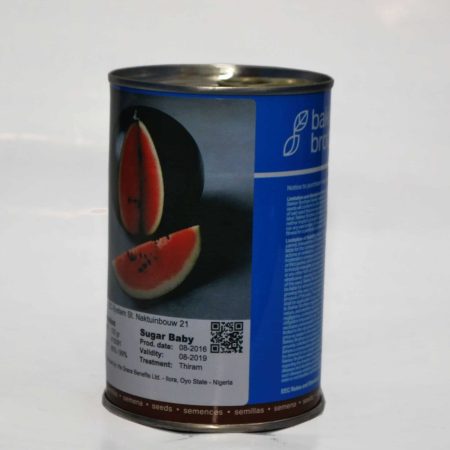
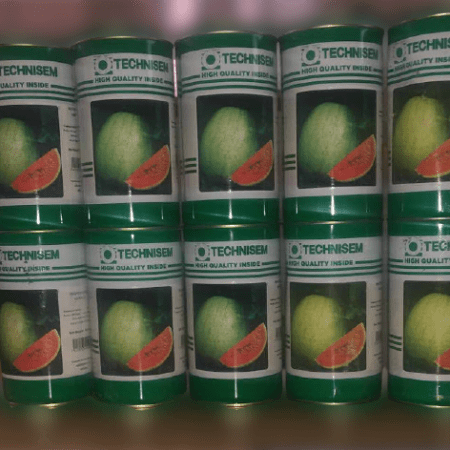
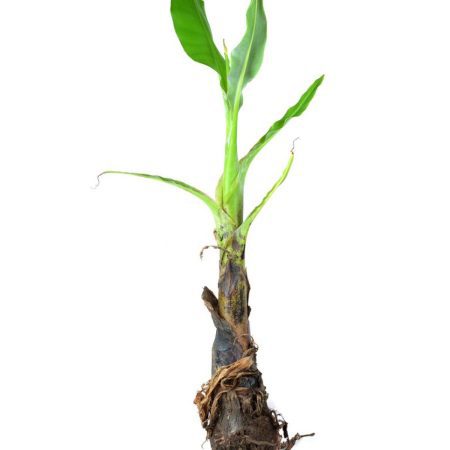
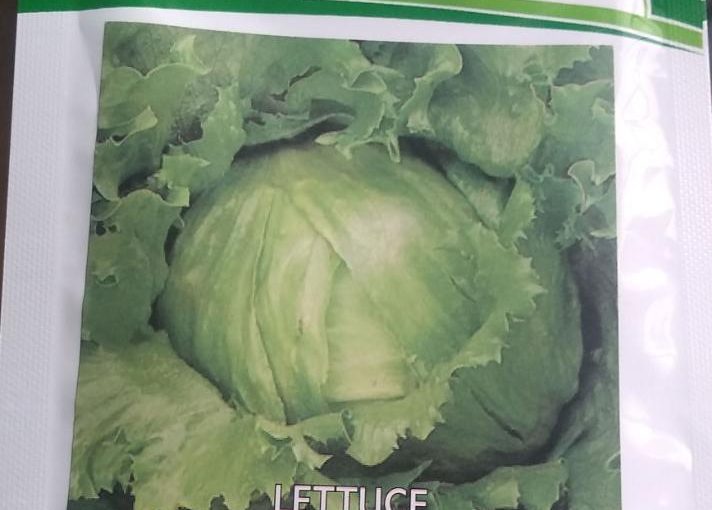
4.25
4 reviews for CONTINENTAL SEED LETTUCE 10GRM
There are no reviews yet.